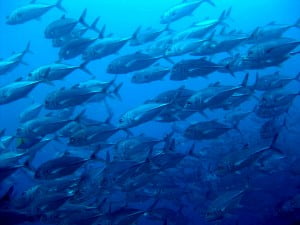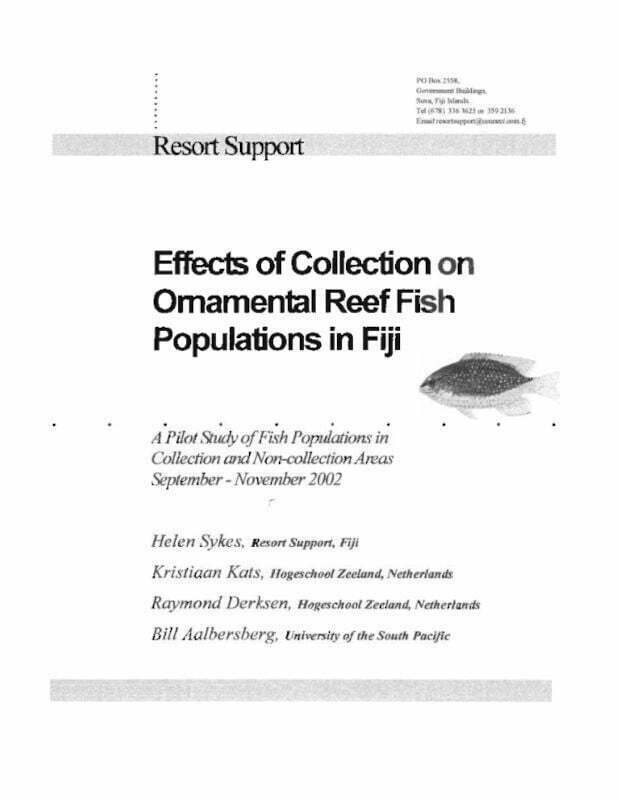 There are some fish species, such as the All-yellow Poison Fang Blenny found only in Fiji and commonly seen here. A photographer’s delight is the rarely-seen Leaf Scorpion Fish, usually found here hiding in a patch of Cabbage Coral trying very hard to imitate a piece of vegetation.
There are some fish species, such as the All-yellow Poison Fang Blenny found only in Fiji and commonly seen here. A photographer’s delight is the rarely-seen Leaf Scorpion Fish, usually found here hiding in a patch of Cabbage Coral trying very hard to imitate a piece of vegetation.
A lucky diver may see a Sea Snake and closely watch it hunting for small fish in and out of the reef crevices. White-tip and Grey Reef Sharks are quite common on the reef, and may even be found sleeping in sandy erects. Large rays often cruise the wall’s edges.
For the careful observer Fiji is an amazing area for macro organisms; nudibranchs, flatworms and crinoids can be seen on every dive. Once you are trained to really look at an area of reef, a whole dive can be spent on one coral head, revealing complex interactions a passing diver would never be aware of.
Most resort shave at least a trained staff members, and on some of the expeditions there is a Marine Biologist, are on hand to help you reach that level of awareness, and to assist in making identifications after dives, to open up the amazing underwater world that is Fiji.



You must be logged in to post a comment.